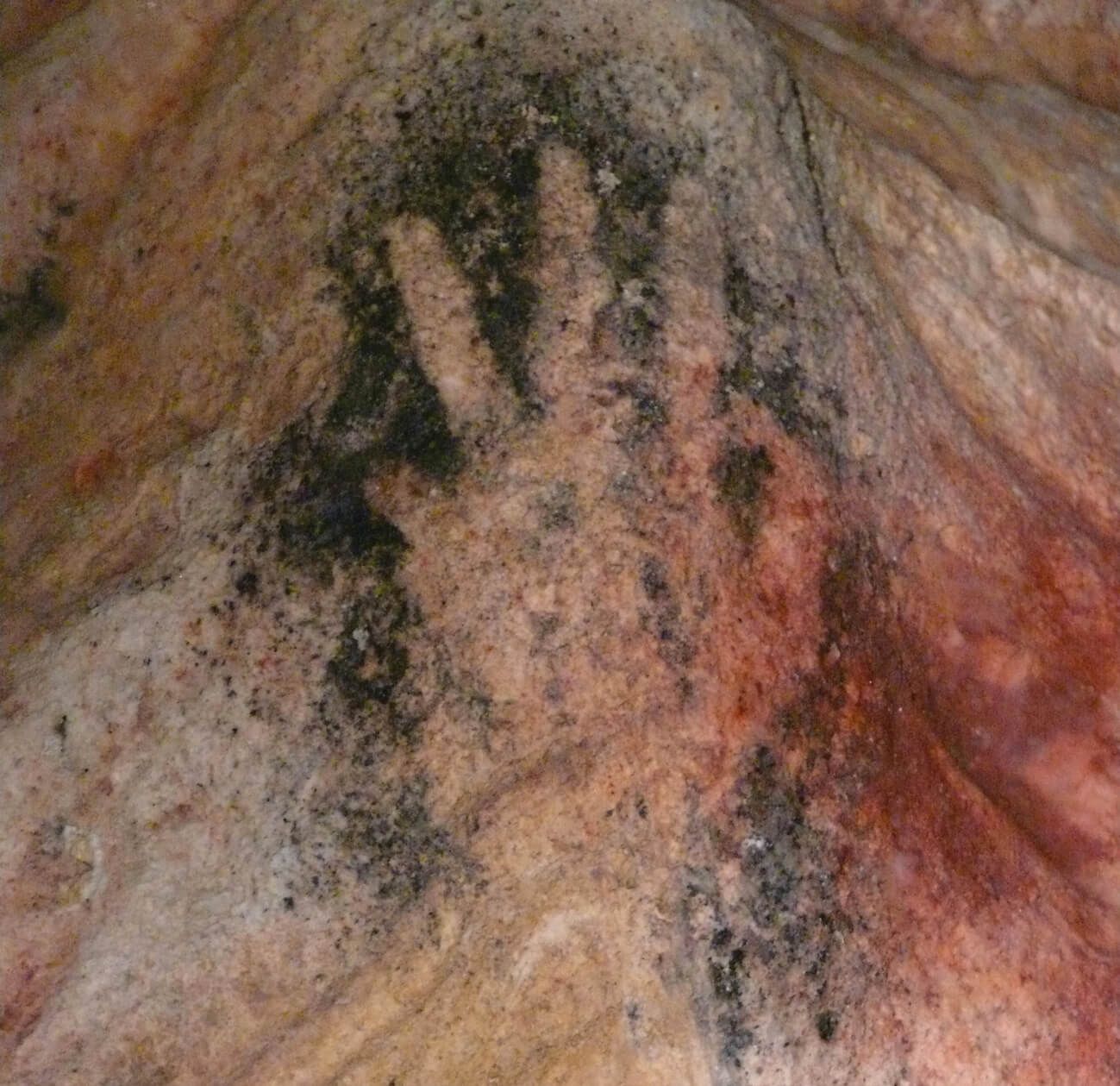Colors / Sienna
From the cave to the museum
Tif Sigfrids
“Colors” is a column in which a writer responds to a specific color assigned by the editors of Cabinet.
According to a favored website for parents, the name Sienna ranks 182nd in popularity among its members, up six positions this year from its standing in 2016. The meaning of the name, according to the website, is “reddish brown.” Now, if these hordes of modern parents naming their daughters Sienna were being true to the defining characteristics of the color, they would either name their kids Burnt Sienna or request that babycenter.com change its definition to “yellow brown,” but who is really keeping track of these Lilliputian shades of difference. Aside from a parental predilection for earthy, ocher tones, it is otherwise possible that scores of daughters across the world are being conceived on romantic Italian vacations or in Toyota minivans throughout America. When taking into account the origins of sienna, the color derived from an earth pigment and named after the city-state in Tuscany—whose own name may or may not be derived from the Latin word senex, meaning old—a fashionable level of baby-naming irony is achieved.

But truly, sienna is old. So old that we might, in fact, call it the first color—a color that has been around since the latter part of the Reindeer Age and a material for art making since the miracle of art making began. Within the interiors of tucked-away caves around the world, tools gained a more playful and delicate purpose as humans began using them to grind pigments into powder form. In his “Lascaux, or the Birth of Art,” Georges Bataille breaks down the lineage of tool technology and its role in the development of humankind into two essential categories. The first are tools for labor, which in the early times of the Neanderthals would have meant those used to provide sustenance—tools for digging, hunting, cutting, and so on. The second category resulted from the eventual sublimation of work-oriented devices into art- and object-making devices—tools that incite the slightly more frivolous activities of play. Homo faber is joined in the fire-lit cavern by homo sapiens, who brought along an illustrative presence, and perhaps, a little bit of idle time to reminisce and replay the events of the day gone by.
Not unlike the room of a prodigious tobacco smoker where the yellow-brown stains of nicotine tint the atmosphere and furniture, the early dwellings and artistic grottos of early humans were colored with sienna. With tools freed from utilitarian tasks, powders of various colors were blown through hollowed-out bones onto dark, cavernous surfaces, tracing imprints of hands that waved to say hello for the first time. Depictions of wildlife in red, yellow brown, and charcoal leapt across these hidden stone walls spanning six continents. According to Bataille, the Aurignacian artists behind the paintings “were probably no less gay, no less merry, no less sensual than the Tibetans. We know almost nothing about them. True. Buy why attribute our own grave seriousness to them? Human laughter began somewhere. Perhaps not with Neanderthal Man; but Lascaux Man laughed.”